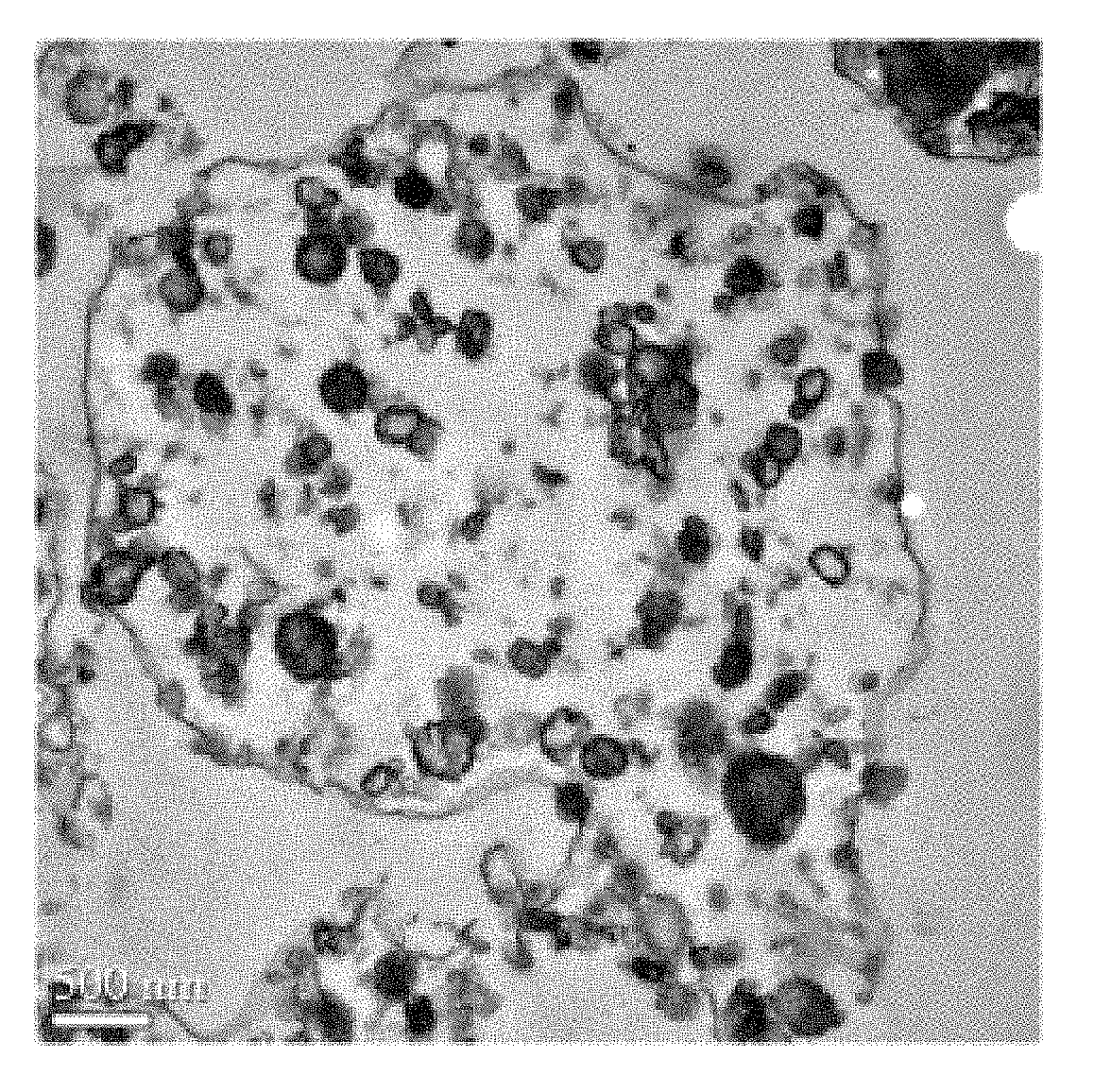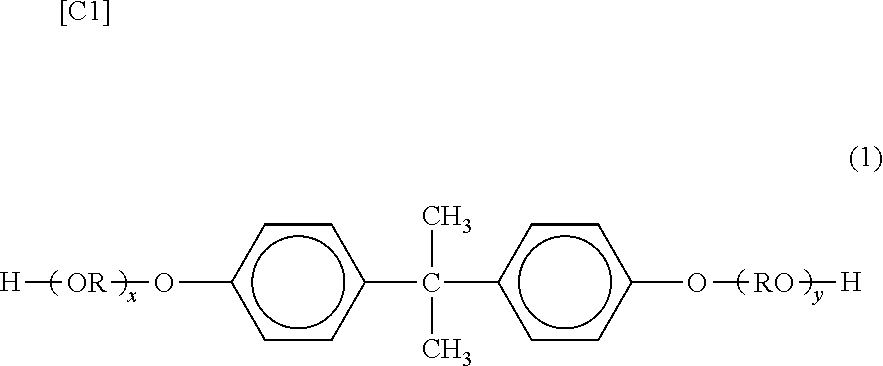Toner and method of producing toner
a technology of toner and triboelectric charging, applied in the field of toner, can solve the problems of triboelectric charging, gradual leakage of charge on the toner after triboelectric charging, and insufficient charging performance and heat-resistant storage, etc., and achieve the effects of high levels of low-temperature fixability, storability, and charging performan
- Summary
- Abstract
- Description
- Claims
- Application Information
AI Technical Summary
Benefits of technology
Problems solved by technology
Method used
Image
Examples
example 1
[0326](Aggregation Step)
[0327]
dispersion of amorphous resin microparticle 1320 mass parts dispersion of crystalline resin microparticle 180 mass partsdispersion of colorant micro particles50 mass partsdispersion of release agent microparticles50 mass partsdeionized water400 mass parts
[0328]These materials were introduced into a round stainless steel flask and, after mixing, an aqueous solution prepared by the dissolution of 2 mass parts of magnesium sulfate in 98 mass parts of deionized water was added and a dispersion treatment was carried out for 10 minutes at 5,000 r / min using a homogenizer (Ultra-Turrax T50 from IKA).
[0329]Then, heating was carried out to 58° C. on a heating water bath while suitably adjusting the stirring rate using a stirring blade such that the mixture was stirred. Maintenance at 58° C. for 1 hour was performed to obtain aggregate particles having a volume-average particle diameter of approximately 6.0 μm.
[0330](Fusion Step)
[0331]An aqueous solution prepared...
example 2
[0338]A toner 2 having a volume-average particle diameter of 5.5 μm was obtained proceeding as in Example 1, but changing the dispersion of amorphous resin microparticle 1 from 320 mass parts to 350 mass parts and changing the dispersion of crystalline resin microparticle 1 from 80 mass parts to 50 mass parts.
[0339]According to TEM observation of the cross-sectional structure of toner 2, the crystalline resin domains were spherical domains that had retained a micro-particulate shape.
[0340]The properties of toner 2 and its formulation are given in Table 2.
example 3
[0341]A toner 3 having a volume-average particle diameter of 5.6 μm was obtained proceeding as in Example 1, but changing the dispersion of amorphous resin micro-particle 1 from 320 mass parts to 280 mass parts and changing the dispersion of crystalline resin micro-particle 1 from 80 mass parts to 120 mass parts.
[0342]According to TEM observation of the cross-sectional structure of toner 3, the crystalline resin domains were spherical domains that had retained a micro-particulate shape.
[0343]The properties of toner 3 and its formulation are given in Table 2.
PUM
| Property | Measurement | Unit |
|---|---|---|
| diameter | aaaaa | aaaaa |
| melting point | aaaaa | aaaaa |
| diameter | aaaaa | aaaaa |
Abstract
Description
Claims
Application Information
 Login to View More
Login to View More - R&D
- Intellectual Property
- Life Sciences
- Materials
- Tech Scout
- Unparalleled Data Quality
- Higher Quality Content
- 60% Fewer Hallucinations
Browse by: Latest US Patents, China's latest patents, Technical Efficacy Thesaurus, Application Domain, Technology Topic, Popular Technical Reports.
© 2025 PatSnap. All rights reserved.Legal|Privacy policy|Modern Slavery Act Transparency Statement|Sitemap|About US| Contact US: help@patsnap.com



